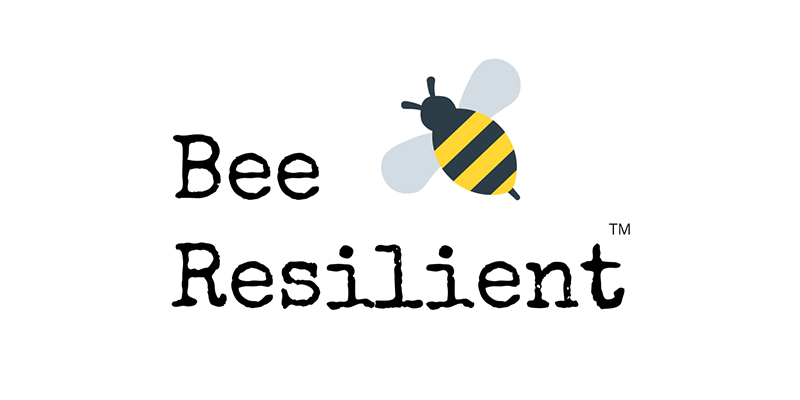“Who moves fast, who thinks fast and who moves first, will create world competitive advantage.”
Humans are facing new challenges and uncharted territory as the Fourth Industrial Revolution gathers traction.
The Fourth Industrial Revolution encompasses a range of disruptive technology, from self-driving vehicles to mobile supercomputing. It is the biggest challenge for governments, organisations and individuals in our evolutionary progress. The scale is global and the effect is ubiquitous.
As humans, industrialisation, machines and technology have often challenged our delicate ecosystems. The First Industrial Revolution brought us the steam engine and the spinning jenny. The second brought us the telegraph, morse code, cars, and flight. Thoughts and ideas travelled faster than ever before. The Third Industrial Revolution gave us connectivity and information technology. Our thoughts and ideas are now stored, and shared across the world, sometimes within milliseconds.
Each revolution has brought about a change in our thinking, our way of life, how we view the world, and what we learn. Not so long ago it was believed that oxygen starvation would occur if a steam train went faster than 30 miles an hour through our green and pleasant land. Now we can remodel our genetic make up and create man-machine hybrids.
We are firmly entrenched in and committed to the Fourth Industrial Revolution. Everything is becoming automated. Machines will think for us through artificial intelligence and monitor our behaviour through data analytics. Machines, robots and automated processes will do our jobs for us. Organisations of every type in every sector are undergoing digital transformation to make this happen. It has to happen quickly, so that the cost to serve is reduced, and market share can be maintained in a global and competitive Fourth Industrial Revolution landscape.
In 2017 Matt Hancock, UK Minister of State for Digital, said this revolution: ‘Will change the jobs needed in industry’, and that we must: ‘create the jobs for the future’. He also noted that:
‘Our goal must be to automate work, but to humanise jobs. Allow machines to do the dangerous, boring and repetitive, and ensure that humans have the capacity to do the creative, empathetic and interactive’.
What happens to us? What do we do as workers? How do we live our lives?
Our perceived threat of the Fourth Industrial Revolution is as real to us as the steam engine suffocating our ancestors. Founder of the World Economic Forum and father of the Fourth Industrial Revolution, Klaus Schwabb1, debated the impact of this phenomenal change. He commented that this revolution was like no other, giving greater opportunity to a connected world. For example Schwabb noted 50 ways blockchain would impact on energy, health and education, while helping emerging countries to leap frog into a sustainable world.
Those who take advantage quickly of what the Fourth Industrial Revolution offers will be the winners. Schwabb said: ‘who moves fast, who thinks fast and who moves first, will create world competitive advantage.’ We therefore need to nurture different skills and different talents. We need to change our education system. Importantly we need to change how we think, now.
Meet the Fourth Industrial Revolution challenge by:
- Thinking on your feet.
- Doing something different.
- Being prepared to take risks.
- Realising we are all in this together – no matter how old we are.
Positive psychology
Since the Second World War, our character strengths and virtues have been researched through the science of positive psychology. Positive psychology was formally established under the auspices of Seligman, Csikszentmihalyi and Peterson to understand what made for a good and happy life.
The science was well supported by the previous works of Maslow3 who explored the motivation of man and self-actualisation through his hierarchy of needs. In Man’s Search of Meaning, Joseph Frankl4 (who survived Auschwitz) discovered that hope gave meaning to those who survived the horrors of concentration camps. This laid the foundation of what is known as positive psychology.
In positive psychology what makes people happy was originally categorised into three key elements. The first is ‘positive emotion’, a ‘pleasant life’ summarised as ‘pleasure, rapture or ecstasy’. The second is about ‘flow’, living an ‘engaged life’, in which we use ‘up all the cognitive and emotional resources that make up thought and feeling’. The final is one of ‘meaning and purpose’, in which you ‘serve something bigger than the self’.
Our route to living a good and happy life can be defined by our character strengths and virtues. Character strengths are defined as: honesty, temperance, love, hope, gratitude, loving kindness, leadership, teamwork, forgiveness and curiosity.
Practising regular interventions can enhance each of these character strengths and virtues. For example, being grateful has shown to have remarkable effects on our brains’ neurological wiring. What is exciting is that our neurological state can be enhanced and developed, consequently (and positively) affecting our behaviour and our view of the world.
Research shows that the practice of just one minute of mindfulness can act as a brain reset to everyday stresses. When faced with sudden life changes, psychologists ask clients to make the bed or wash up, mindfully focusing awareness on doing specific tasks to the best of an individual’s ability.
Winning ways to improve personal resilience
At work:
Be honest about your current skills.
- Be excited about doing something new.
- Be curious about new possibilities.
- Make the most of opportunities.
- Be an active team member when facing new challenges.
- Be prepared to work at changes.
At home:
Be with friends and family, and share your stories.
- Be grateful.
- Celebrate three goods things that happen to you each day.
- Be kind to yourself and give yourself time to reflect and adapt.
- Be creative and curious – the world is an exciting place!
Neuroplastic thinking in the digital age
The act of strengthening our character and virtues give us the tools for resilience thinking. We are able to strengthen neural pathways in our brains, and create neuroplasticity5, to work through our problems.
Positive psychology interventions have been shown to impact (in the workplace and at home) on stress reduction improve performance significantly, and provide the tools to think quickly. Such practice gives us the ability to be winners in the Fourth Industrial Revolution. Hancock and Schwabb encourage us to being empathic and ethical in how we use technology in our connected world. Therefore empathy, compassion and kindness must sit at the heart of the digital agenda.
The practice of gratitude, loving kindness, working as a team and compassionate leadership, gives us the character strengths to live creative, empathic and interactive lives. It gives us the opportunity to build our own resilient compass so we can recognise when a family member, dear friend or colleague is struggling with the inner fear and helplessness this Fourth Industrial Revolution brings.
Hope is the key to personal resilience. It is at the core of the human condition. It has driven humans to exploration and gives us courage to step into the unknown. We are all ready to face the future: whatever it may bring.

